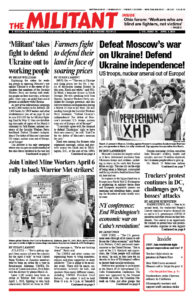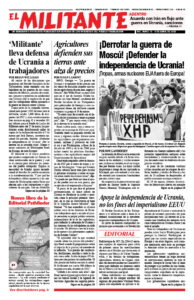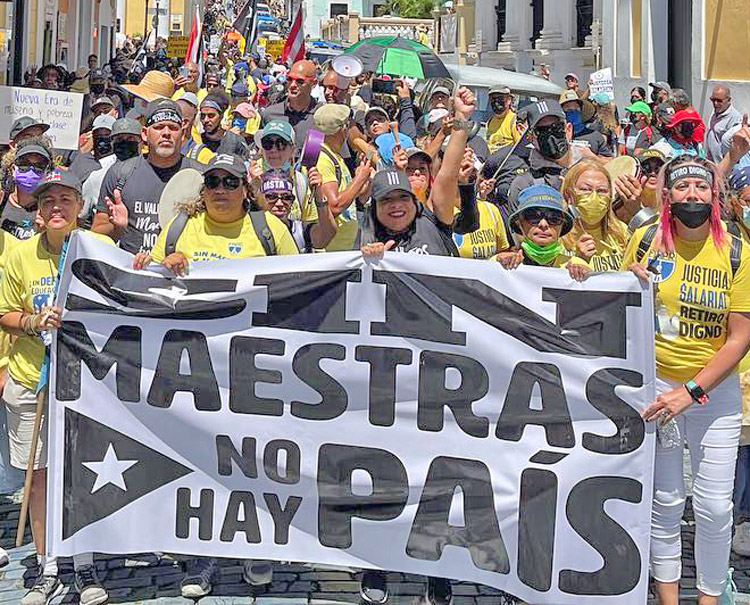SAN JUAN, Puerto Rico — Buoyed by winning a big pay increase, thousands of teachers marched to the governor’s mansion in this capital of the U.S. colony March 15 to protest pension cuts. The new minimum wage for teachers will be $2,750 a month — a $1,000 increase.
“This should be an example for us to keep on insisting and persisting, shoulder to shoulder. We are stronger together,” Mercedes Martínez, president of the Federation of Teachers of Puerto Rico, told demonstrators, vowing they “won’t rest” until they win back their pensions.
The attack on pensions is at the center of an “adjustment plan” imposed by the Financial Oversight and Management Board for Puerto Rico. This bipartisan board was appointed by the Barack Obama administration in Washington in 2016 to take over the island’s budget after the colonial government said it was bankrupt and stopped paying bondholders. At the time, the debt stood at some $70 billion in “public” bonds: $55 billion owed to public workers’ pension funds and another $15 billion owed by the public electric utility and highway department.
The board claims its plan cuts the debt by 80%, but this is a slight of hand. A $33 billion block of the debt was cut to $7 billion plus $8.3 billion paid immediately to bondholders.
How is this “miracle” achieved? On the back of teachers and other public workers. Their retirement age has been raised to 63, from 55. And instead of the $55 billion owed, their retirement fund will get a measly $1.4 billion this year.
Future retirees will no longer get a guaranteed “defined benefits” pension. Instead, they will be eligible for what Martínez calls a “hybrid” — a combination of a 401(k)-type account and Social Security.


